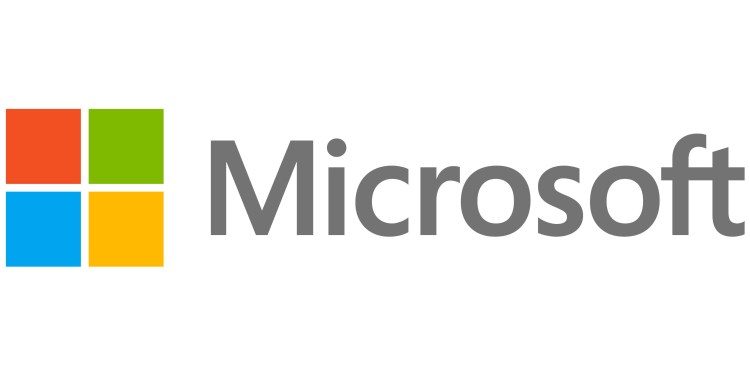Microsoft today made a slew of IT announcements that help enterprises “shift to a modern desktop experience.” The news includes an extension of Windows 10 support for enterprise and education customers, the promise of paid Windows 7 security updates, the expansion of Windows Analytics to Desktop Analytics, a new service called Desktop App Assure, and updated Office system requirements.
All of these changes are part of Microsoft’s push to get enterprises onto the latest versions of Windows and Office. Support for Windows 7 ends in January 14, 2020, and support for Office 2010 ends in October 13, 2020. Microsoft wants those dates to be as painless as possible for its customers, because it knows that otherwise they might look elsewhere.
Windows 10 support
Arguably the most important news is a longer Windows 10 servicing option for enterprises and educational institutions. In April 2017, Microsoft aligned the timing of Windows 10 and Office 365 ProPlus updates to create a predictable twice-per-year cadence: March and September. In February, Microsoft extended support for currently serviced Windows 10 versions for enterprise and education customers from 18 to 24 months and made 30 months available via a paid supplemental servicing offer.

June 5th: The AI Audit in NYC
Join us next week in NYC to engage with top executive leaders, delving into strategies for auditing AI models to ensure fairness, optimal performance, and ethical compliance across diverse organizations. Secure your attendance for this exclusive invite-only event.
Now the company is taking it a step further:
- All currently supported feature updates of Windows 10 Enterprise and Education editions (versions 1607, 1703, 1709, and 1803) will be supported for 30 months from their original release date.
- All future feature updates of Windows 10 Enterprise and Education editions with a targeted release month of September (starting with 1809) will be supported for 30 months from their release date.
- All future feature updates of Windows 10 Enterprise and Education editions with a targeted release month of March (starting with 1903) will continue to be supported for 18 months from their release date.
- All feature releases of Windows 10 Home, Windows 10 Pro, and Office 365 ProPlus will continue to be supported for 18 months (this applies to feature updates targeting both March and September).
In summary, if you move to Windows 10, you’ll have way more breathing room.
Paid Windows 7 security updates
Although Windows 7 extended support is some 16 months, Microsoft knows it has another Windows XP on its hands. Instead of simply forcing companies to Windows 10, the company will offer paid Windows 7 Extended Security Updates (ESUs) through January 2023, similar to what it did with Windows XP.
Pricing, however, has yet to be shared (it will likely be set case-by-case). We do know that Windows 7 ESUs will be sold “on a per-device basis for an escalating yearly price” and that they will be available to all Windows 7 Professional and Windows 7 Enterprise customers in Volume Licensing, with a discount to customers with Windows software assurance, Windows 10 Enterprise, or Windows 10 Education subscriptions.
There’s also an Office component. Office 365 ProPlus will be supported on devices with active Windows 7 ESUs through January 2023, meaning that customers who purchase the Windows 7 ESU will be able to continue to run Office 365 ProPlus.
Desktop Analytics
Windows Analytics is being expanded to Desktop Analytics, a new cloud-based service integrated with ConfigMgr. The motivation here is to help Microsoft customers test upgrades and updates. Desktop Analytics is designed to:
- Create an inventory of apps running in the organization
- Assess application compatibility with the latest feature updates of Windows 10 and Office 365 ProPlus
- Create pilot groups that represent the entire application and driver estate across a minimal set of devices, mitigating upgrade risks through precision deployments
The new service is supposed to help IT make more informed decisions about the update readiness of their Windows and Office clients. They can then use the insights gleaned from their specific apps, devices, and deployments — which account for data from their own organization and data from millions of devices already running “the modern desktop” and connected to Microsoft’s cloud services — to optimize pilot and production deployments with ConfigMgr. The hope is Desktop Analytics can take the guesswork out of testing.
Desktop App Assure
Microsoft also announced Desktop App Assure, a new service designed to address issues with Windows 10 and Office 365 ProPlus application compatibility. Desktop App Assure will go into preview in North America on October 1, with worldwide availability expected by February 1.
Microsoft says 99 percent of applications are deemed compatible with Windows 10, according to customer diagnostic data. The company also generally promises that “any application that works on Windows 7 will continue to work on Windows 10 and subsequent feature updates.”
That said, if a anyone finds an app compatibility issue after a Windows 10 or Office 365 ProPlus update, he or she can reach out through FastTrack and a Microsoft engineer will follow up to resolve it. Desktop App Assure will be offered at no additional cost to all Windows 10 Enterprise, Windows 10 Education, and Office 365 ProPlus customers.
Office system requirements
Lastly, Microsoft is updating the Windows system requirements for Office 365 ProPlus and revising some announcements that were made in February. Specifically,
- Office 365 ProPlus will continue to be supported on Windows 8.1 through January 2023, which is the end of support date for Windows 8.1.
- Office 365 ProPlus will also continue to be supported on Windows Server 2016 until October 2025.
Microsoft previously announced that starting October 13, 2020, customers will need Office 365 ProPlus or Office 2019 clients in mainstream support to connect to Office 365 services. To give enterprises more time to transition to the cloud, Microsoft is modifying that policy and will continue to support Office 2016 connections with the Office 365 services through October 2023.

